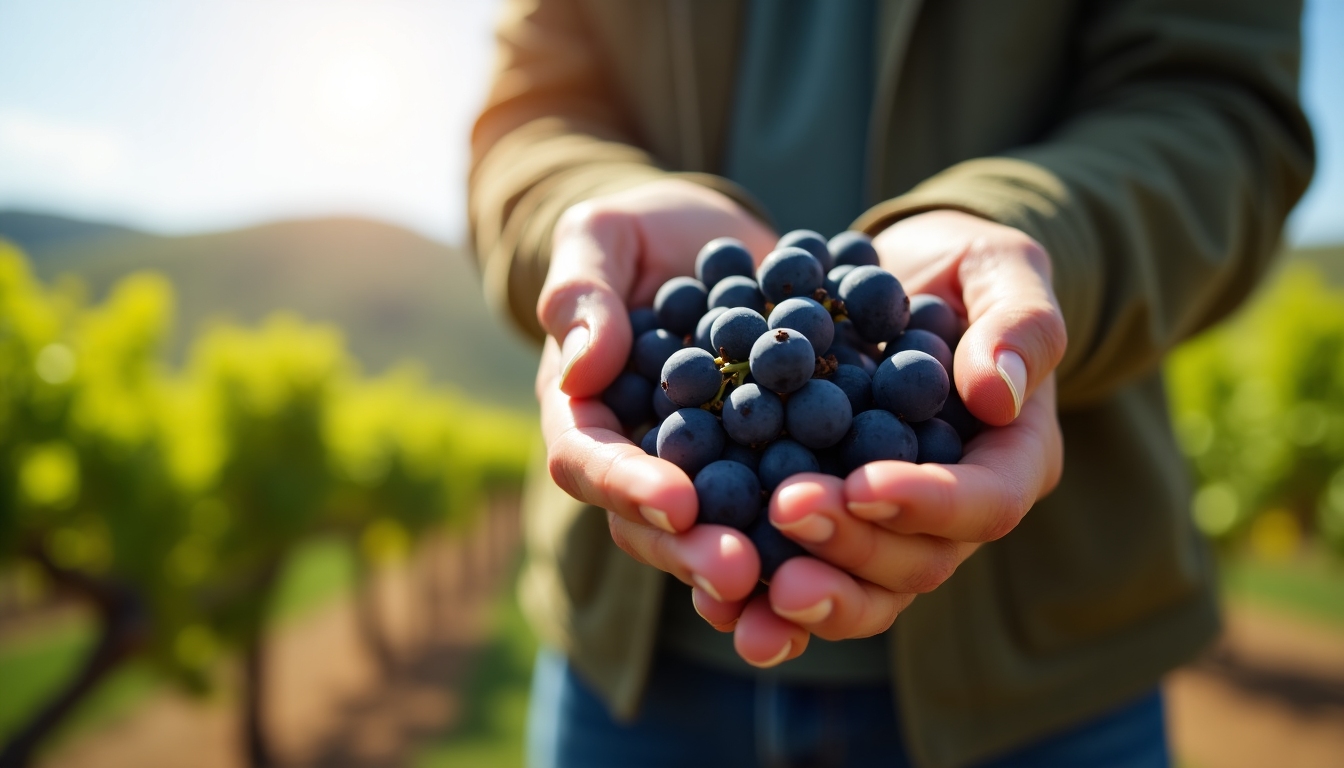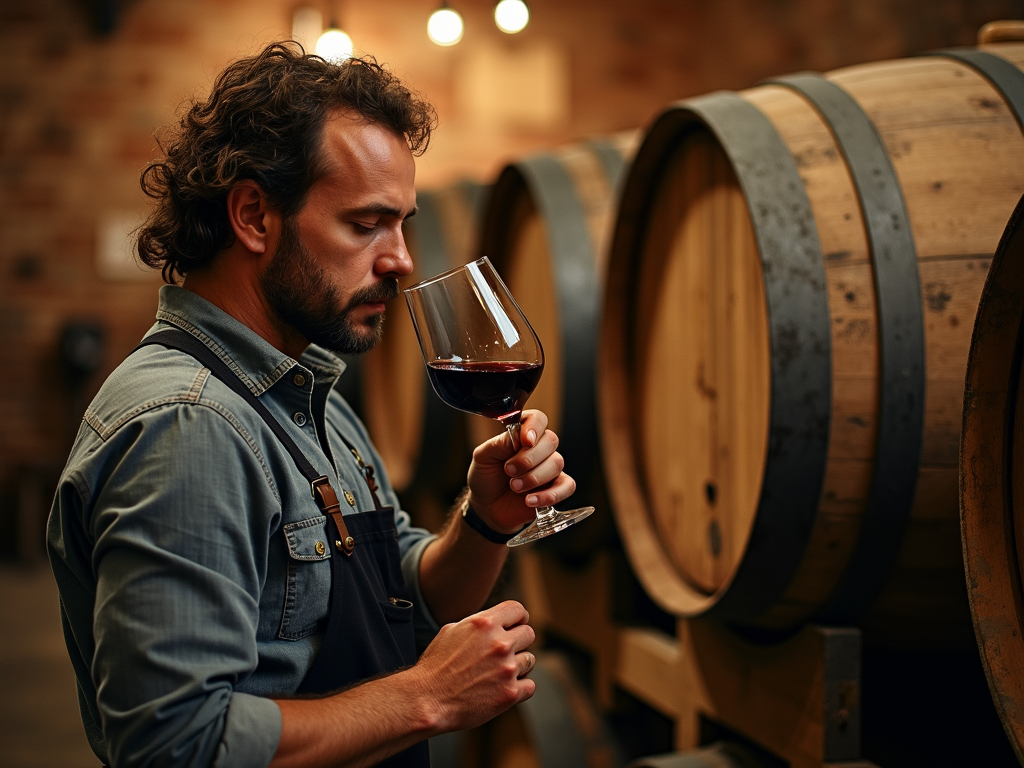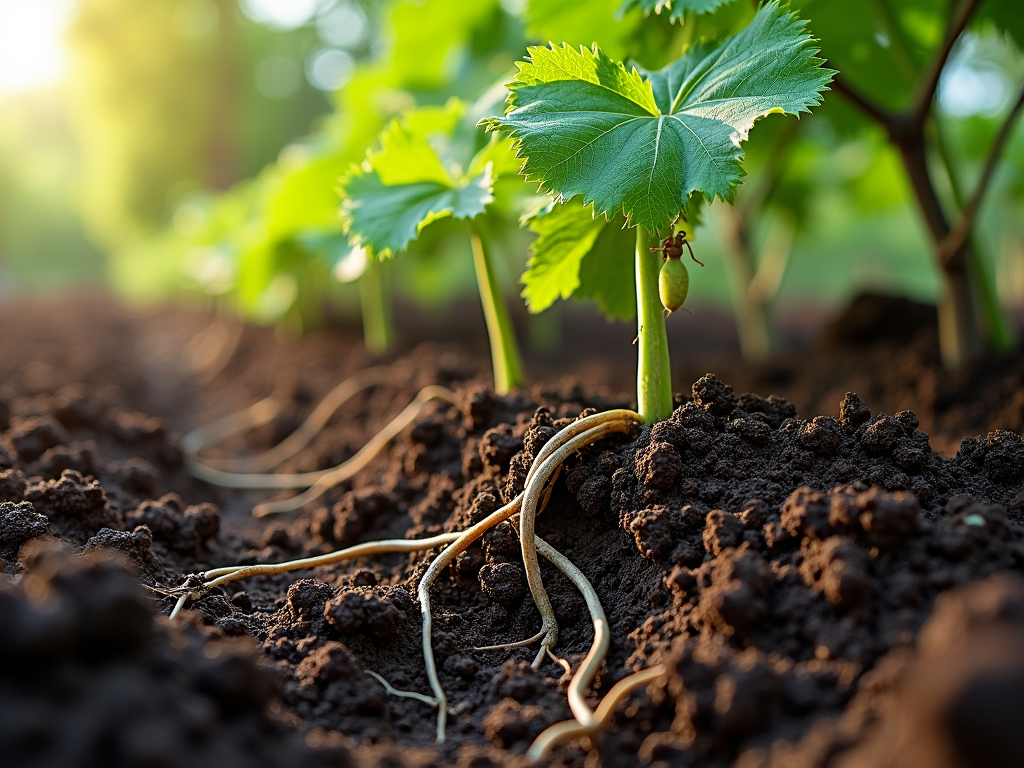Understanding Terroir: The Connection Between Land and Wine
Overview
Terroir is what makes every wine special. It’s the mix of soil, weather, land shape, and local know-how that gives wine its one-of-a-kind taste. Understanding Terroir: The Connection Between Land and Wine shows why two bottles can taste so different, even from the same grape.
I’ll never forget my first vineyard visit. It was in Napa Valley, and I stood there, dirt in my hands, feeling the breeze. That’s when it hit me: wine isn’t just grapes—it’s the land telling its story. Let’s explore how terroir works and why it’s key to every glass.
What Does Terroir Mean?
Terroir comes from a French word meaning 'a sense of place.' In wine, it’s all the natural stuff—like soil, climate, and land features—that affects how grapes grow. Plus, it includes the way people make the wine. Here’s what’s involved:
- Soil: Different soils change the wine’s taste. Limestone gives a sharp, mineral flavor; clay makes it rich and bold.
- Climate: Weather decides how grapes ripen. Cool places make crisp wines; warm spots create big, fruity ones.
- Topography: Hills, slopes, or rivers tweak the growing conditions.
- People: Winemakers’ traditions shape the final product.

How Terroir Changes Your Wine
Terroir isn’t just a buzzword—it’s why wines taste unique. Take Chardonnay: one from France’s Burgundy might taste crisp and minerally, thanks to cool weather and limestone. A California version could be buttery and fruity, shaped by sun and sandy soil. Same grape, different stories.
Soil: The Ground Beneath the Vines
Soil is a big deal in terroir. It feeds the vines and changes how the wine feels in your mouth. Here’s a quick look:
| Soil Type | What It Does | Wine It Makes |
|---|---|---|
| Limestone | Drains well, adds minerals | Crisp, acidic |
| Clay | Holds water, full of nutrients | Bold, heavy |
| Sand | Drains fast, less food | Light, soft |
| Gravel | Warm, great drainage | Strong, deep |
In Oregon, I tasted a wine from volcanic soil—it had this smoky edge I’d never found anywhere else.

Climate: Weather’s Big Role
Weather shapes grapes like nothing else. Cool climates, like in New Zealand, slow ripening for bright, zesty wines. Hotter places, like parts of Spain, speed it up, making wines richer and stronger. Sun, rain, and temperature all leave their mark.
Topography: The Land’s Shape
The way the land sits matters too. Higher spots stay cooler, keeping grapes fresh. Slopes catch more sun and drain water fast. Near a river? The water keeps frost away. In Germany’s Mosel Valley, I saw steep hills and slate soil make Rieslings that last forever.

People and Tradition
The land sets the stage, but people bring it to life. In France’s Burgundy, they’ve perfected growing on tiny, special plots called 'crus.' In Champagne, they bubble the wine in bottles—a trick passed down for ages. These habits are part of terroir too.
Sustainability: Caring for the Land
Today, keeping the land healthy is huge. Sustainability in Winemaking Explained shows how it ties to terroir. Take Jackson Family Wines—they’re big on organic vineyards. By skipping harsh chemicals, they let the soil shine through in every sip. It’s about the future, not just now.

My Take: A Taste of Italy
I once visited a tiny winery in Italy. The owner, a third-generation winemaker, beamed as he showed me their organic fields. He said it’s not just about better wine—it’s about respecting the land his family’s lived on forever. That wine? It tasted like love and history.
Terroir on Your Tongue
Terroir is why a Pinot Noir from Oregon isn’t like one from France. It’s the dirt, the air, the hills, and the hands that made it. When you drink, you’re tasting a place. For me, that’s the magic—every glass is a trip somewhere new.

Summary
Terroir is wine’s heartbeat. It’s how soil, climate, land, and people come together to make every bottle special. Understanding Terroir: The Connection Between Land and Wine opens your eyes—and taste buds—to the world. Whether you’re new to wine or a pro, terroir’s worth exploring.